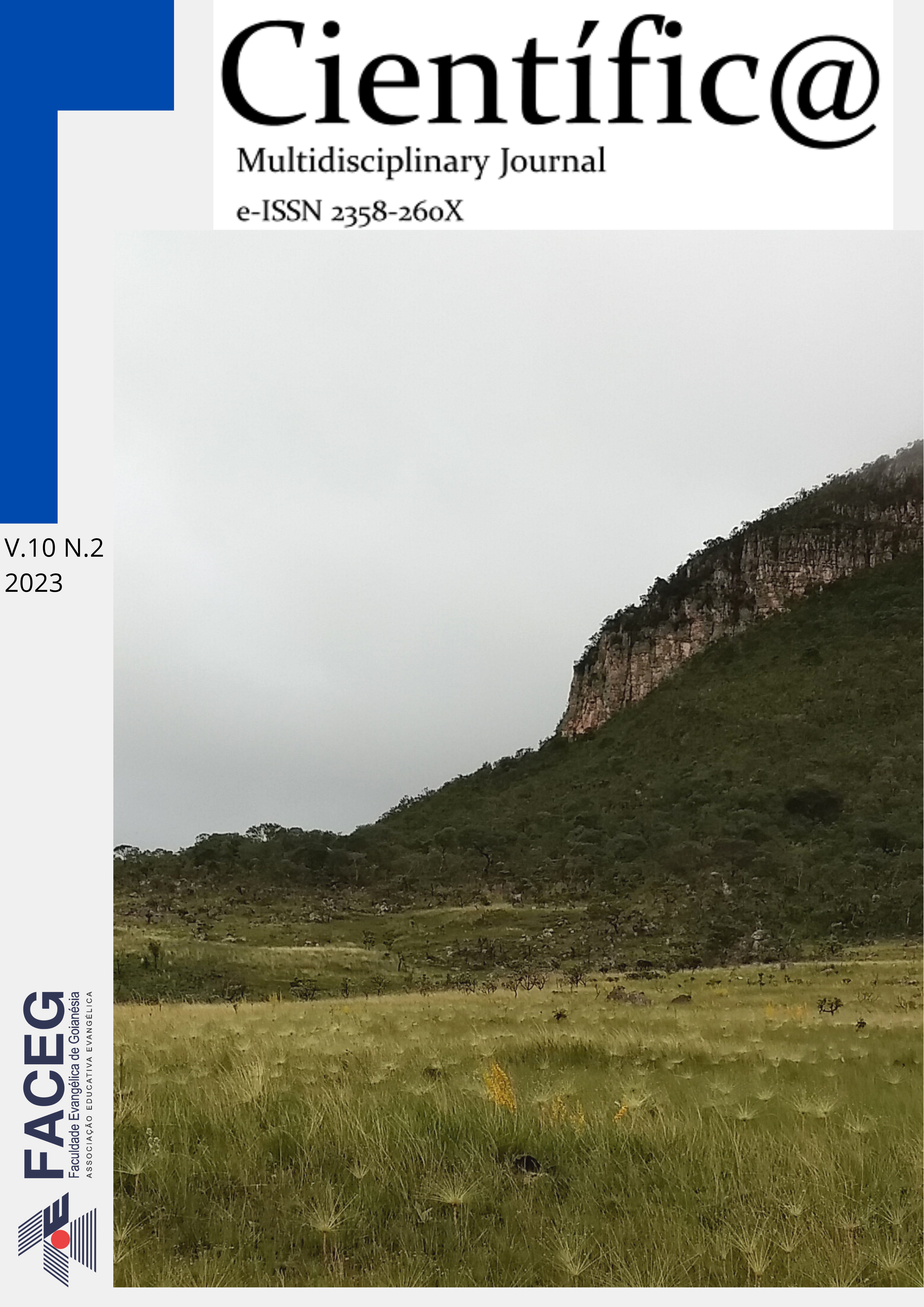PHYSIOTHERAPIST'S ROLE IN LABOR: AN EXPERIENCE REPORT
DOI:
https://doi.org/10.37951/2358-260X.2023v10i2.6837Abstract
Introduction: Pregnancy is a unique moment in the lives of many women, involving numerous biological, psychological, and social changes. The final phase of this process is labor, during which the baby transitions to an extrauterine life, and can be classified as either vaginal delivery or cesarean section. The Ministry of Health aims to encourage maternity hospitals to implement practices that offer better care for pregnant women during childbirth, involving changes in both the physical structure and equipment, as well as the preparation of healthcare professionals. As a result, the assistance provided by a multidisciplinary team during this moment has been increasingly recognized. Among this team is the physiotherapist, who contributes to pain relief and the dilation process, assists in the baby's descent, and reduces the duration of labor. Objective: To report the experiences of physiotherapy students in providing care to pregnant women during labor. Methodology: This is a descriptive study, based on experience reports, drawn from the practical experiences of physiotherapy students providing care to laboring pregnant women at Almeida Castros Hospital and Maternity in Mossoró/RN, between March 16th and April 14th, 2023, as part of their supervised internship in Urogynecology and Obstetrics. Results and Discussions: Initially, the students were introduced to the hospital environment and the multiprofessional team responsible for the department. Subsequently, they reviewed the medical records to understand the clinical condition of the parturients and plan physiotherapeutic approaches. Then, they proceeded to the pre-delivery room where they provided guidance and interventions. Techniques such as ambulation and positioning, pelvic mobilizations, and relaxing massages in the lumbosacral region were performed. Once the cervical dilation progressed to 9 cm, the parturients were transferred to the delivery room, where they continued to receive physiotherapy support until the baby was born. Conclusions: The importance of the physiotherapist's role in assisting parturients was evident, as their interventions contributed to a reduction in labor duration, providing safety and comfort to the pregnant women, thus making the presence of a physiotherapist indispensable during this moment to redefine the meaning of childbirth and make it more humanized.
Downloads
Published
How to Cite
Issue
Section
License
Esta revista oferece acesso livre imediato ao seu conteúdo, seguindo o princípio de que disponibilizar gratuitamente o conhecimento científico ao público proporciona maior democratização mundial do conhecimento.
A partir da publicação realizada na revista os autores possuem copyright e direitos de publicação de seus artigos sem restrições.
A Revista Científic@ - Multidisciplinary Journal segue os preceitos legais da licença Creative Commons - Atribuição-NãoComercial 4.0 Internacional. 

